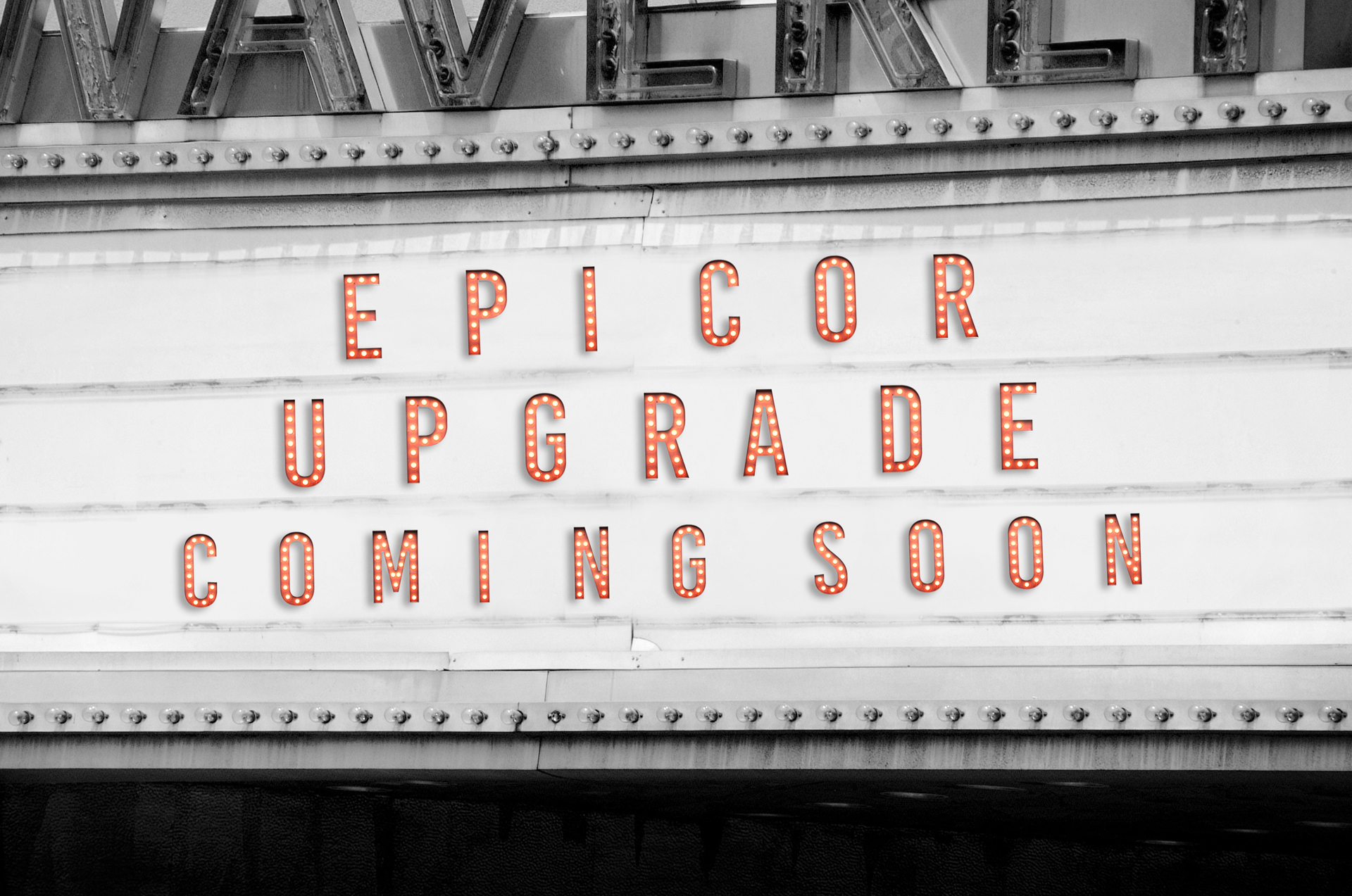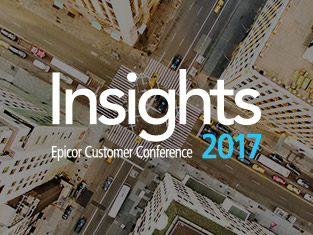The further away you get from the “new release” of a software, the more challenging an upgrade becomes, and this is especially true for Epicor ERP upgrade customers. If you’re coming from a Progress 4GL business logic-based version, which would include anything earlier than version 10, such as Epicor’s 905 and 803 platforms, you might feel a little lost in all your options. The need to move beyond Epicor’s legacy platform is obvious—the analog film of the old version is deteriorating on the reels. But the move to Epicor’s E10 platform is more of an epic picture than it is an opening trailer. Thus, it is important to storyboard the flow of the narrative from the old to the new, before the cameras roll, knowing that your plot armor will only take you through the first act of your Epicor ERP upgrade.

Two Epicor ERP Upgrade Paths
The hero’s journey in any good film starts with a call to action, with a road diverged in a wood where the protagonist must choose one of two paths. In general, you can consider any move from a legacy version of a software to an updated version to be an upgrade. But there are two distinct paths for moving from your legacy version to E10, and these greatly affect the nature of the final implementation.
Path 1. A straight, utility-driven upgrade from the legacy to the current version: In a straight upgrade, a utility converts the data from the legacy version, generating an E10 database that adheres to the structure of version 10 schema.
Path 2. A reimplementation: This is an alternative method for moving to E10 from the legacy version, but this method does not actually upgrade the legacy data to make the E10 database. Rather, the upgrading company reimplements the application in E10, normally using the legacy data—filtered, scrubbed and reworked—as the starting point.
Data as the Villain… or the Hero?
Regardless of your opening scene, one of the most important considerations in any Epicor ERP upgrade is what to do with your data. Companies can have one of many data challenges as they anticipate an Epicor upgrade. It is not uncommon for a company’s current Epicor implementation, along with all its legacy data, to be handed down from a previous administration. A lot of staff changes over ten years, for example, can leave a company with a system that has a setup and configuration at odds with their current orientation. In such cases, a given company may wish to have another shot at configuring the application—to undo some of the decisions of the past.
Some companies unfortunately inherit a legacy system with data that has been carelessly maintained and is thus dirty beyond recognition. In these cases, customers may look to either clean up the data or cut it entirely. In other cases, significant changes to the business may have led to an inordinate number of part, customer, or supplier records that are obsolete. While these might have historical value, they may also unduly clutter the database and place the company in a no-win situation. In extreme cases, the company may even have a company and site structure that has evolved to be radically different from what is depicted in the Epicor application.
The data of an ERP system can be broken up into a number of classes:
- Setup data: This refers to the foundational data that underlies the setup of subsequent master file records. Examples of setup data might include part classes, product groups, buyers, sales persons, etc.
- Master file data: This normally refers to the three core master files in any ERP system—the part master, the supplier master, and the customer master. Subsequent master files may also need to be set up that relate to the extension or relation of these master file records, such as supplier or customer part price lists.
- Live transactional data: This refers to the open transactions in your system, such as purchase orders, sales orders, jobs, and invoices. The decision as to whether to reimplement or upgrade greatly affects how these are to be handled, given that in an Epicor ERP upgrade they come along as part of the ride, whereas in a reimplementation they would need to be loaded in the style of a new install.
- Historical data: Historical data refers to all of the transactions that have been processed in the past and are no longer active, and would include purchase orders, sales orders, jobs, and invoices that have long since been closed.
From Classic to New Release
In a straight Epicor upgrade, the data from the legacy version is updated and fine-tuned to fit into the version 10 schema. In such a situation, limited changes can be made to setup and master file data—you get what you had in the legacy version, only now it’s in version 10. Tweaks can be made—new setup files can be defined and new parts, customers, and suppliers can be defined that replace or supplement their legacy analogues. But any data that has been transacted against remains in the database. It can be inactivated, but it’s still there, and some customers have a problem with this much clutter. Depending on the degree of the issues noted above, this may or may not be a big deal. Also, one of the upsides of a straight ERP upgrade is the ability to retain historical data with minimal effort.
Given the potential issues with data that a company may face, reimplementation offers the ability to cleanly address these challenges. It is common for businesses to transform significantly after their original implementations. They may have a number of legacy companies, sites and warehouses that are no longer needed and may even burden the database and create confusion internally. Customers may also wish to make radical changes to their company or site structures as a function of the upgrade. In these cases, consideration should be made to performing a reimplementation in lieu of an E10 upgrade.
Typecasting your Data Forecasting
When you perform a straight Epicor upgrade, you are accepting that you will take all of your past performances with you, and this may create challenges that impede your future state aspirations. Conversely, dumping your legacy database also involves leaving behind the historical data that amounts to the history of your business. Epicor’s E10 ERP software is a big step up from its 905 and 803 antecedents, and with each point release, the gap between the new and legacy versions widens further. Legacy Epicor customers looking to move their businesses forward will need to transition to a modern ERP platform, and Epicor’s E10 application provides a compelling case. And when making this critical Epicor ERP upgrade rewrite, customers will do well to consider their data dailies.

